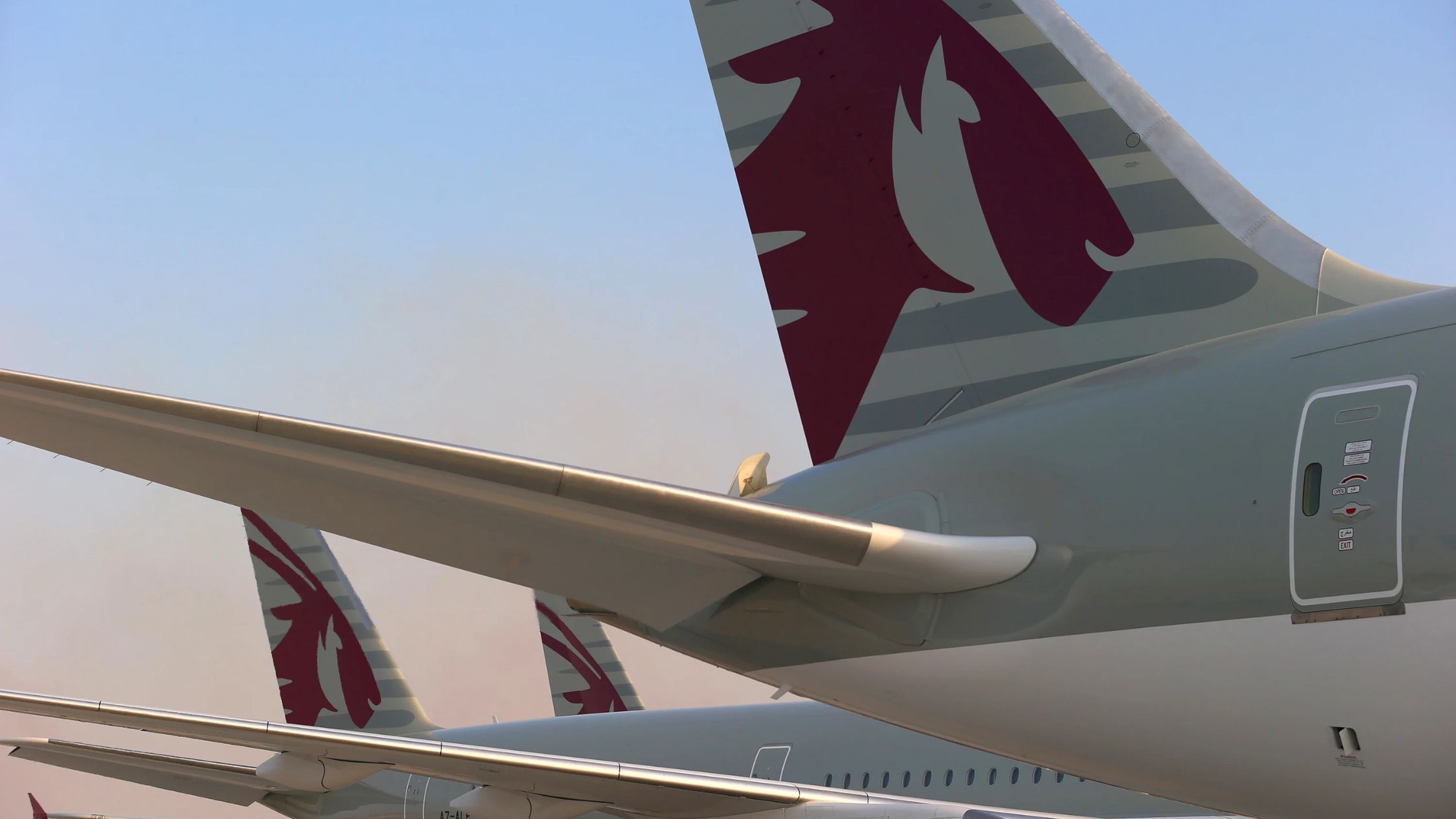Twelve people were injured after a Qatar Airways flight from Doha to Dublin experienced severe turbulence while flying over Turkey. The flight QR107 landed safely in Dublin just before 1 PM local time, where it was met by emergency services including Airport Police and the fire and rescue department. According to reports, the injured included six passengers and six crew members who received medical attention after disembarking. In a statement, Qatar Airways confirmed that the affected individuals suffered only minor injuries.
Dublin Airport's spokesperson mentioned that full ground assistance was provided to passengers and airline staff, and operations at the airport were not impacted. The airline noted that the incident is currently under internal investigation, and emphasized that the safety of passengers and crew remains its top priority.
This incident is part of a troubling trend of increasing in-flight turbulence. Just days prior, another turbulence-related incident occurred on a Singapore Airlines flight from London to Singapore. In that event, 104 passengers were injured and one man lost his life due to a heart-related issue. The aircraft for that flight also experienced rapid altitude changes, which caused significant distress among passengers.
Experts suggest that climate change may be contributing to the rising frequency of turbulence. Dr. Paul Williams, a professor of Atmospheric Sciences at the University of Reading, highlighted that severe turbulence could potentially double or even triple in the coming decades due to climate change. Unlike normal turbulence, 'clear air turbulence' can occur suddenly without visual indicators such as storms or clouds, making it particularly challenging to avoid.
While it is not yet confirmed what type of turbulence affected the Qatar Airways flight, the frequency of such incidents highlights the urgent need to understand and address the factors contributing to inflight turbulence. As aviation continues to grow, ensuring passenger safety remains a critical priority.
- Travelers are advised to always keep their seatbelts fastened while seated to mitigate injury risks during unexpected turbulence. Airlines and regulatory bodies are continuously working on enhancing safety protocols to better manage turbulent conditions and protect passengers.






